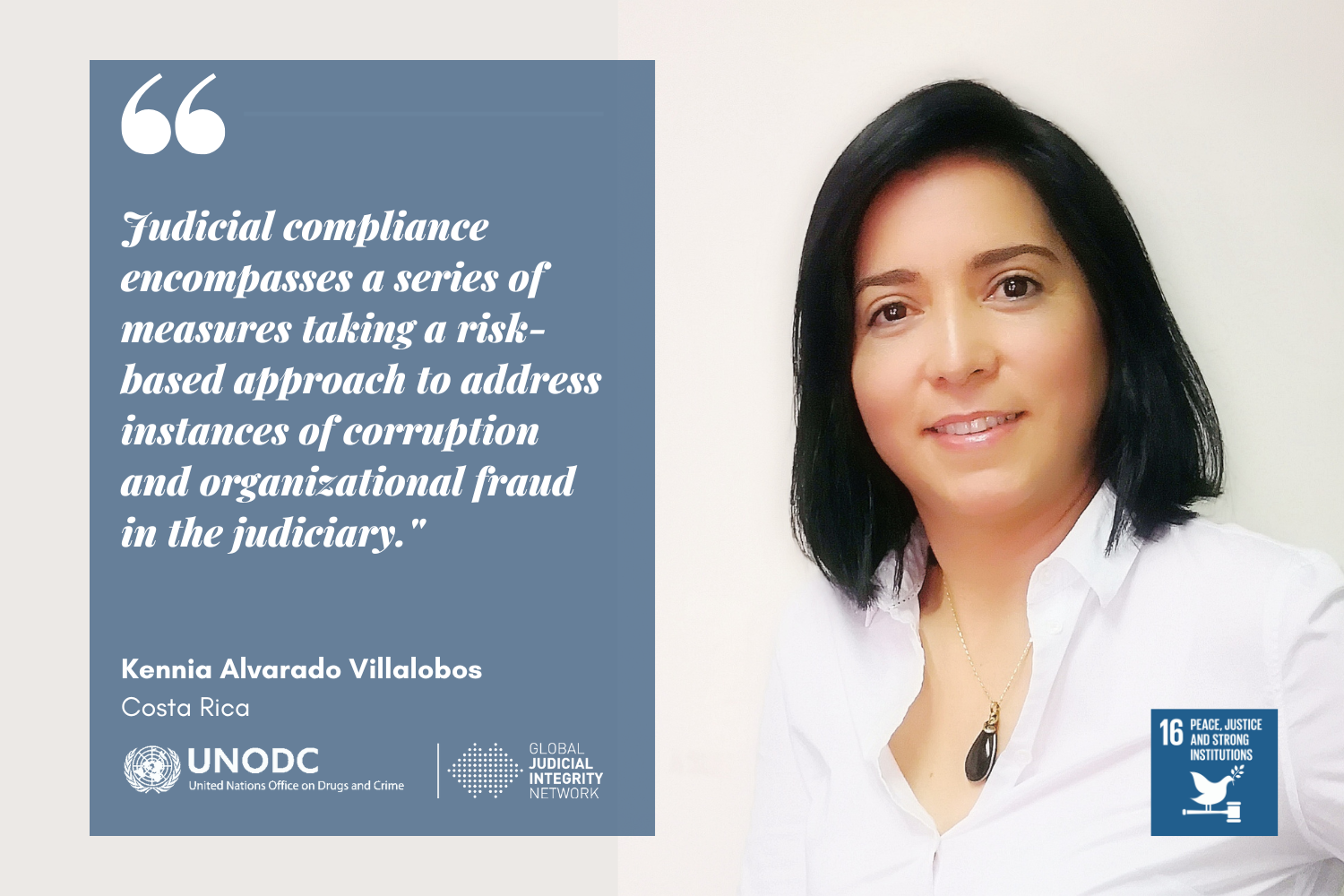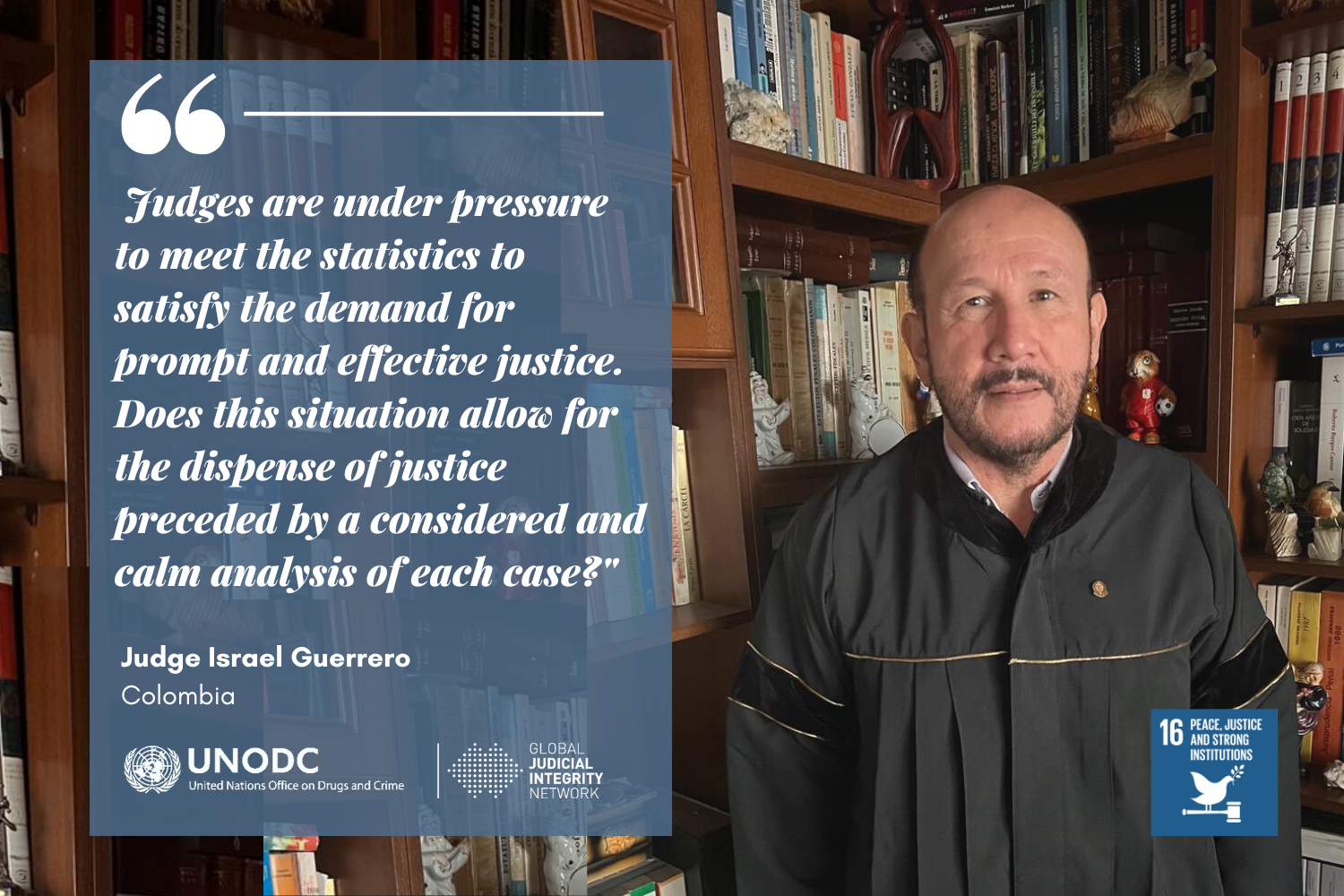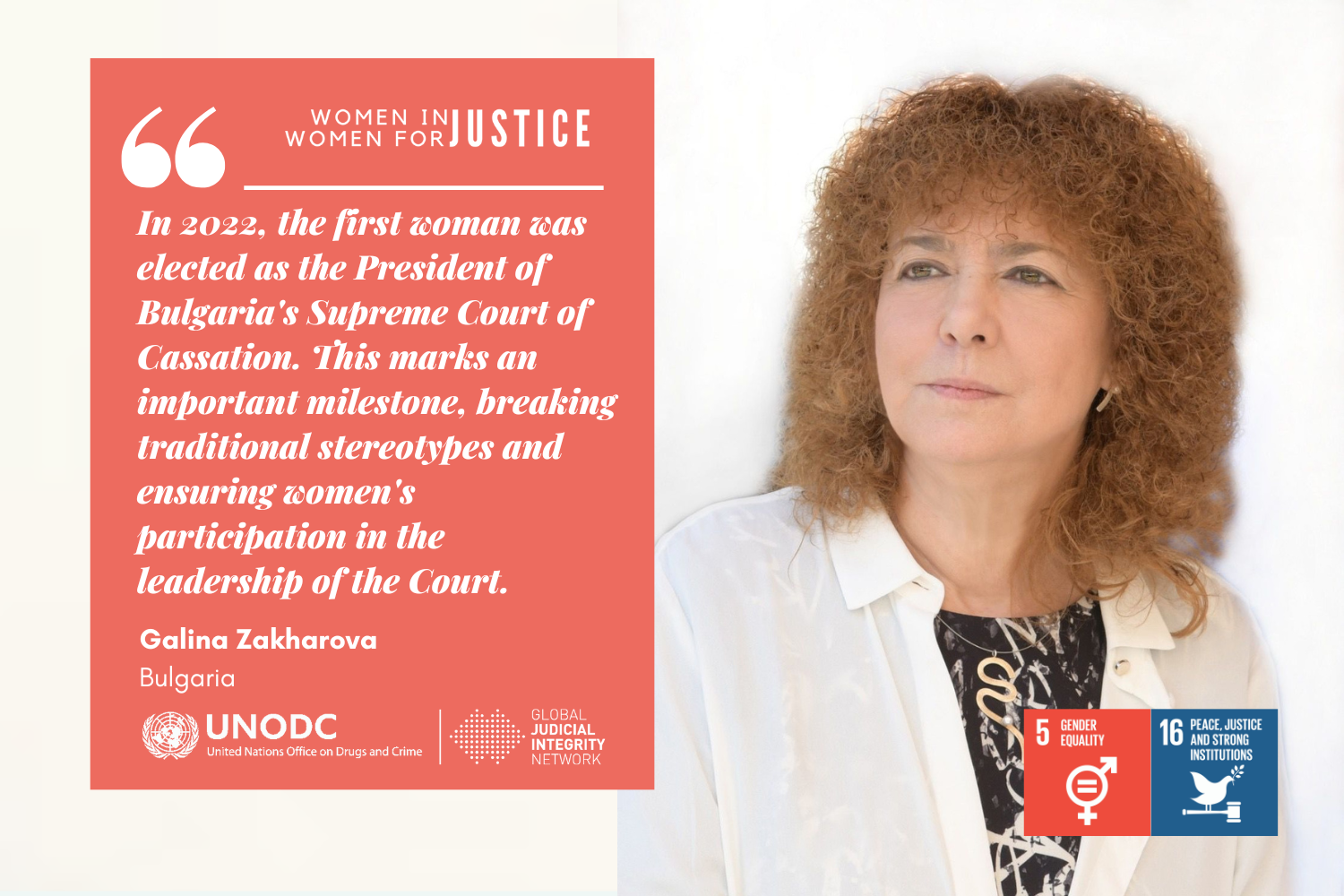The State of Women's Access to Justice in the COVID-19 Pandemic 1
By: Beatrice Duncan
Beatrice Duncan is a Policy Advisor at the United Nations Entity for Gender Equality and the Empowerment of Women (UN Women) on the topic of access to justice. She previously worked at UNICEF and the UN Economic Commission for Africa on gender and human rights. All opinions expressed in this piece are solely those of the author as an external expert and do not necessarily reflect the official position of UNODC.
______________________________
A woman's road to accessing justice was already precarious prior to the novel coronavirus (COVID-19) pandemic. Across the world, an estimated 243 million women and girls aged 15-49 years were subjected to sexual or physical violence by an intimate partner in the previous 12 months. A portion of these women form part of the 2.5 billion who are deprived of various forms of legal protections.
The crisis has brought the resilience of justice systems into sharp focus, with resources being diverted away from the justice sector towards more immediate public health measures. Institutions and services such as the courts, hotlines, crisis centres, legal aid clinics and social welfare services are being scaled back in many countries. Justice institutions have also been compelled to operate differently. Courts are prioritizing "exceptionally urgent" cases and placing restrictions on in-person appearances. This has been coupled with the use of technology such as email, mobile phones, and videoconferencing for filing and hearing of cases by both claimants and judges. This new approach to "doing justice" however potentially excludes the estimated 546 million women around the world who do not have access to mobile phones from justice.
The COVID-19 pandemic has created a global emergency of multiple dimensions, which renders the ability of women to access justice even more important. Stay-at-home orders being implemented by over 160 countries and school closures in over 170 countries have affected an estimated 2.7 billion women, with a multitude of repercussions, including a three-fold escalation of domestic violence, as well as an increase in unpaid care work. Escalating rates of domestic violence are also tied to reduced access to sexual and reproductive health services as well as the diminishing ability of spouses and parents to provide alimony support and child maintenance. In the absence of well-functioning court systems, such payments become difficult to enforce.
As the primary mechanisms through which people seek justice, courts, including customary and religious courts, have not always been fully equipped to deliver justice in line with gender equality norms and standards. Furthermore, while female justice professionals contribute to improved justice for women and other Sustainable Development Goals, they have often been excluded from public life and senior decision-making roles. Available data already shows that while 28 countries have no female justices at all, only 24 percent of constitutional court justices globally are women.
2
Women in prisons and other places of detention must also be considered during this period of the pandemic. While there are more men than women in prison, the number of incarcerated women has been rising by 50 per cent over the past 20 years during which the male prison population only grew by 20 per cent. Women in prison can have poorer health outcomes, are sometimes disproportionately affected by underlying health conditions and can be at further risk of sexual and gender-based violence.
To shape a better future, including creating a social contract around justice delivery and fostering the idea of rule of law as a public good, there are several steps that justice practitioners can take.
Firstly, there is the need to create demand for a new generation of justice sector strategies which fully reflect the implications of the pandemic on justice reforms and justice delivery. These frameworks must draw from the critical lessons arising from the pandemic, which include the important need to undertake judicial administration more efficiently through increased digitization, while at the same time ensuring that women can fully benefit from appropriate technology and services. This could begin with a basic commitment to ensure that every woman has access to a mobile phone as a means of communication and receiving information.
Secondly, we need to be creative in the delivery of justice, making increased use of alternative dispute resolution, substituting full trials with interim orders, and partnering effectively with informal justice and the justice mechanisms of indigenous and minority peoples.
Finally, we need to increase the participation of women as decision makers in the justice sector, to ensure that they are key players and actors in a new epoch of justice delivery during this COVID-19 crisis and beyond. This will contribute to the transformational legal empowerment of women and girls and their true equality before the law, embedded in efforts to build back better.
1 This article is informed by a recent joint publication on "Justice for Women Amidst COVID-19" initiated by UN Women and the International Development Law Organization in partnership with the Pathfinders for Justice, UNDP, UNODC, the World Bank and supported by the Elders. The publication may be accessed here: https://www.unwomen.org/en/digital-library/publications/2020/05/justice-for-women-amidst-covid-19
2 See https://www.50x50movement.org/article/constitutional-courts-latin-america-and-sub-saharan-africa-where-are-we-terms-parity/


